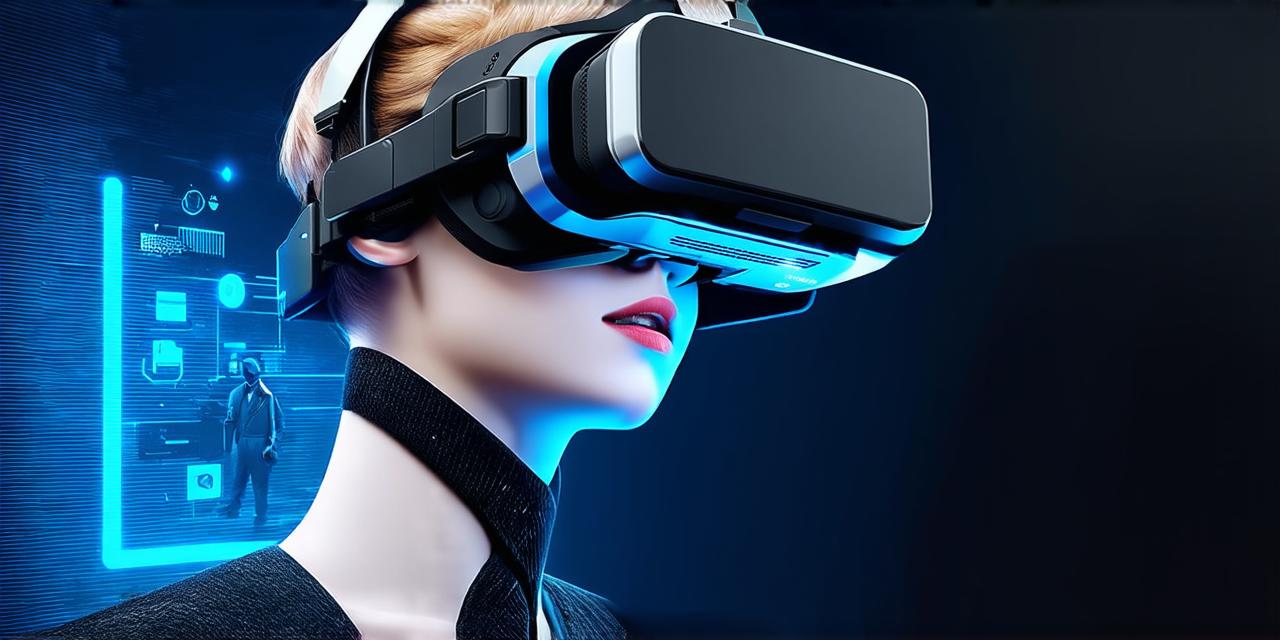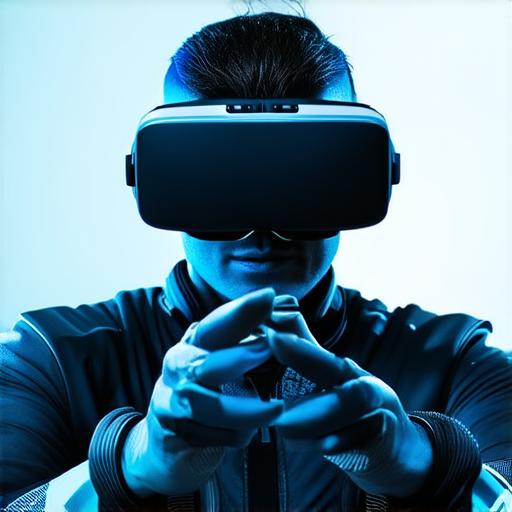
How to use a virtual reality headset
Virtual reality (VR) is an exciting new technology that is changing the way we interact with digital content. As a developer, you can create immersive experiences that transport users into virtual worlds and engage them in ways traditional media cannot. However, to get started with VR development, you need to know how to use a virtual reality headset.
What is a Virtual Reality Headset?
A virtual reality headset is a device that allows you to experience immersive digital content as if you were physically present in the environment. The headset typically consists of a pair of goggles or glasses, sensors, and tracking devices that allow the system to monitor your movements and adjust the environment accordingly. VR headsets can be used for gaming, training simulations, education, and more.
How to Set Up Your VR Headset
- Connect the headset to your computer or gaming console using a USB cable or HDMI port.
- Install any necessary software or drivers that come with the headset.
- Adjust the headset settings to fit your comfort level and preferences. This may include adjusting the IPD (interpupillary distance) to match your eye placement, setting the resolution, and adjusting the field of view.
- Put on the headset and start exploring the virtual world.
Tips for Getting the Most Out of Your VR Headset
- Experiment with different settings to find what works best for you. You may need to adjust the IPD or resolution to get a comfortable and immersive experience.
- Use hand controllers or other input devices to interact with the virtual environment. This will allow you to move around, grab objects, and perform other actions in the virtual world.
- Take advantage of the tracking technology to create realistic movement and interactions. This may include using motion capture to track your movements and adjust the environment accordingly.
- Use 3D audio to enhance the immersion of the experience. This can help create a more realistic sense of presence and spatial awareness.
- Consider using VR development tools and platforms to create custom content. These tools can simplify the development process and allow you to focus on creating engaging experiences for your users.

Case Studies: Real-World Examples of VR Development
Virtual reality is being used in a variety of industries, from gaming to healthcare to education. Here are some real-world examples of how VR is being used:
- Gaming: Developers are using VR to create immersive gaming experiences that transport players into virtual worlds. This can include first-person shooters, adventure games, and more.
- Training simulations: VR is being used to train professionals in a variety of fields, from medicine to aviation to manufacturing. These simulations allow trainees to practice their skills in a safe and controlled environment.
- Education: VR is being used to create interactive learning experiences that engage students and help them retain information more effectively. This can include virtual field trips, anatomy lessons, and more.
Conclusion
Virtual reality is a powerful tool for developers, allowing you to create immersive experiences that engage users in ways traditional media cannot. To get started with VR development, you need to know how to use a virtual reality headset.


